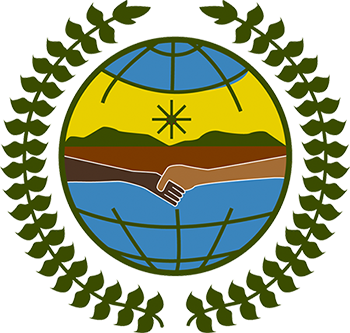Addressee: UNPFII
As stated in its report on its first session, the Permanent Forum on Indigenous Issues decided to make indigenous children and youth a focal point of its work in the years to come. The Forum reconfirms its commitment to do so, and acknowledges the efforts made by organizations representing indigenous peoples, United Nations agencies and States in the past year to tackle the urgent needs of the young generation, including the decision of the Committee on the Rights of the Child to declare indigenous children as the subject for its theme day, to be held in September 2003.
Addressee: Member States
The Permanent Forum urges all States to substantially increase the human and financial resources made available to all indigenous communities and schools to prevent self-harm and suicide among young people, and for holistic treatment based on cultural, spiritual and linguistic revitalization, providing healthy and positive lifestyle choices and access to traditional methods of counselling based on accurate and reliable data.
Addressee: SPFII
In order to promote further knowledge of the Forum and the role of the United Nations among indigenous children and youth, the Forum decides to organize an indigenous youth art competition for the design of a logo for the Forum and to present the results to the Forum at its fourth session, in 2005, with the highest participation of indigenous children, including illiterate children.
Addressee: UNAIDS, UNICEF, other relevant UN Agencies
The Permanent Forum recommends that the Joint United Nations Programme on HIV/AIDS, the United Nations Children’s Fund and other relevant United Nations entities collaborate with indigenous organizations in all regions to develop comprehensive guidelines, including best practices for culturally safe sex education by and for indigenous peoples. That type of comprehensive education may serve as an effective violence-prevention means.

 Welcome to the United Nations
Welcome to the United Nations